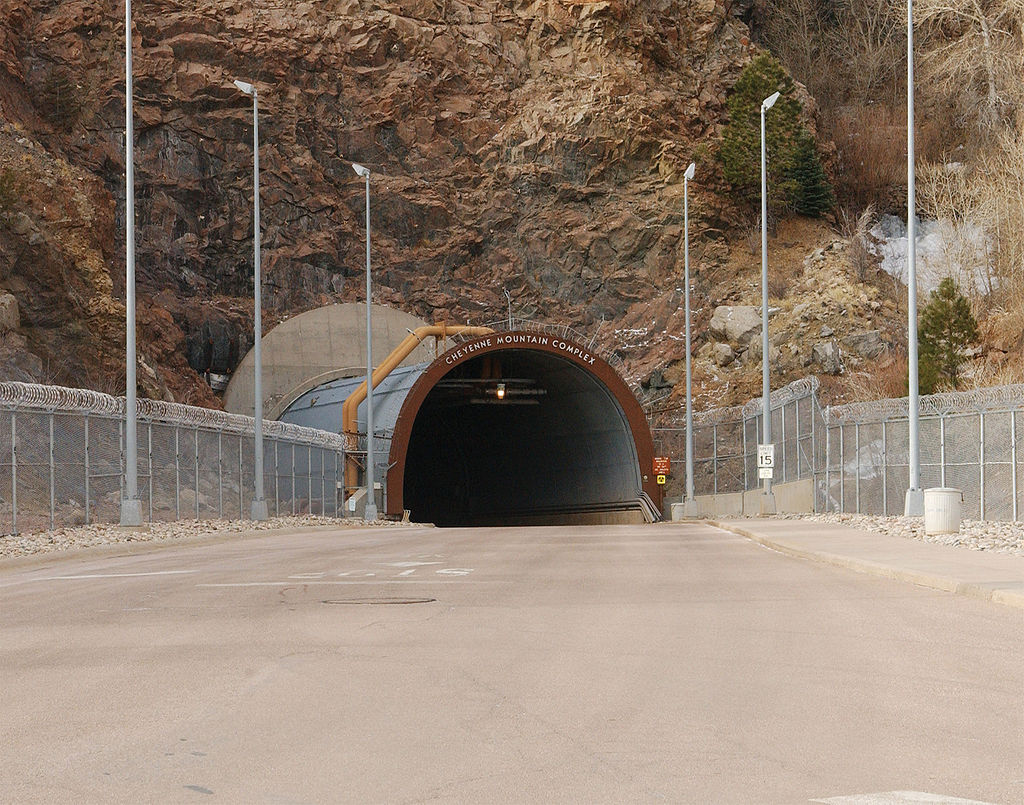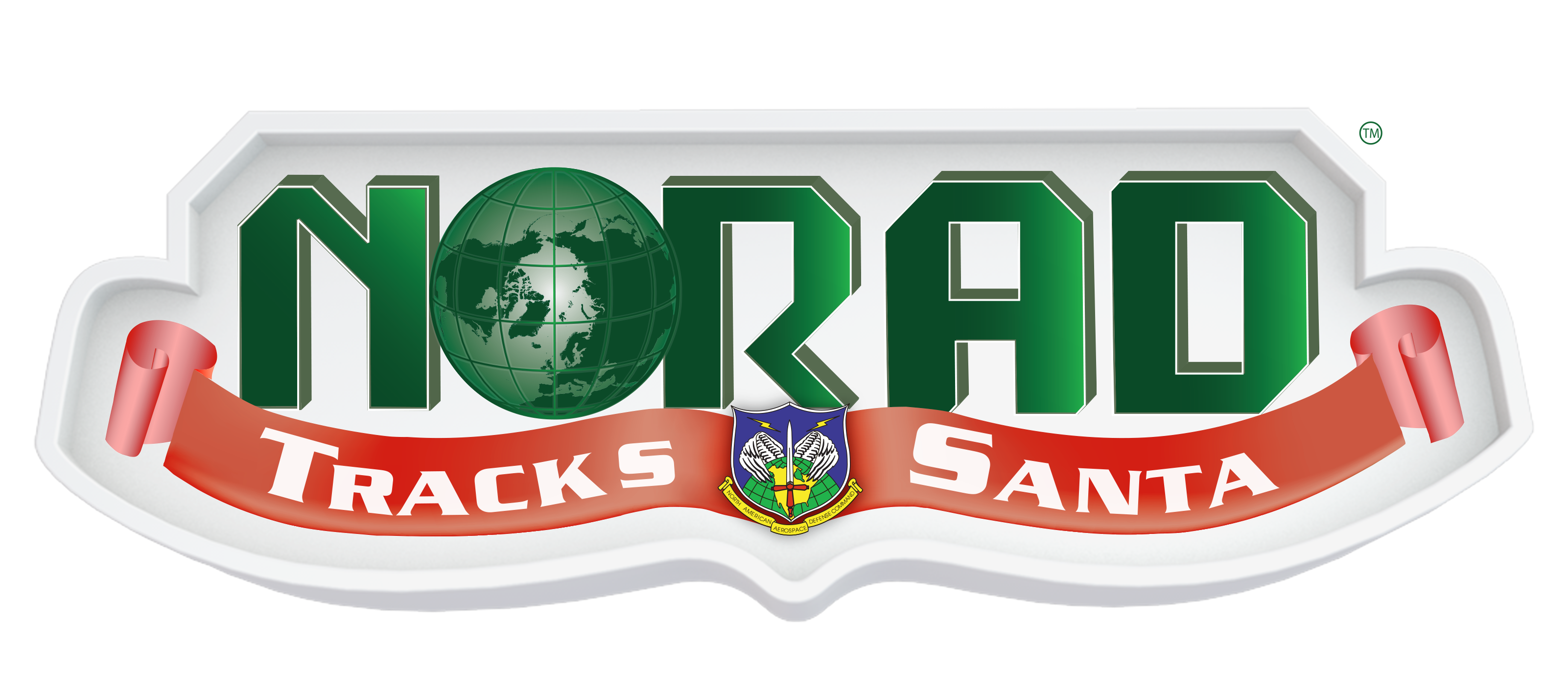
NORAD
In December 1948, in the interregnum between the end of World War II and the raging depths of the Cold War, the U.S. Air Force provided a bit of levity in the face of growing nuclear tensions.
They pushed a notification that their “early warning radar net to the north” had picked up a bogey. Normally a cause for concern, this detection, instead, signaled an incoming gift. The Air Force caught the signature of “one unidentified sleigh, powered by eight reindeer, at 14,000 feet, heading 180 degrees.” News organizations passed along the info to the public.
Though 1949 brought no repeat performance – perhaps Santa used stealth technology that year? – the Air Force had unwittingly laid the foundation for an annual tradition.

Founded in 1956, first called North American Air Defense Command, now known as North American Aerospace Defense Command, NORAD is responsible for patrolling the skies of the continent. In the early days, just the terrestrial atmosphere concerned the military; today, we also look to outer space for potential threats. We tend to view NORAD’s radar fence as an American institution, but it’s actually a collaboration between the United States and Canada. The shortest route from the Soviet Union to the contiguous United States went through the Arctic Circle, which means Canada was invited to the party no matter their inclinations.
NORAD is, probably, secondarily most famous for its previous command center. Built into the guts of a crag, the Cheyenne Mountain Complex is perhaps the bunker of all bunkers, the safest location on the planet. Constructed to withstand a nuclear attack, the installation is essentially a city inside a mountain.
The command center gained notoriety thanks to the 1983 film WarGames, in which we learned the only way to win is not to play. The blast doors reportedly could defy a 30 megaton nuclear device dropped as close as two miles away.




NORAD is likely familiar to most people nowadays not because of nuclear weapons or mountain fortresses, but because of the bearded guy in red.
The subsequent tale is likely riddled with legend, though it does seemingly emerge from the truth. In 1955, Sears ran an advertisement with a phone number. If a child called the number, she or he could speak with Santa Claus. One child tried to dial Santa but got one digit incorrect. The phone rang at NORAD, where Colonel Harry Shoup picked up the receiver. He was shocked to hear not a question of national security but a query for a gentleman from the North Pole.
Shoup eventually realized this instance of mixing the streams could be a public relations boon for NORAD. If other calls came in from children, staff were to inform them of Santa’s location via radar detection. They issued a press release, saying “CONAD [Continental Air Defense Command], Army, Navy, and Marine Air Forces will continue to track and guard Santa and his sleigh on his trip to and from the U.S. against possible attack from those who do not believe in Christmas.”

A tradition rose.
Every year, NORAD tracks Santa’s sleigh on its radar. Today, thousands of volunteers answer calls. Phone apps allow the tech-savvy child to track Mr. Claus. A website keeps tabs on the sleigh in real-time.
Though NORAD’s official headquarters is no longer inside Cheyenne Mountain, they have maintained the other fantastic aspect of their non-official duties. When Santa is airborne, we can always know where he is.


Further Reading and Exploration
NORAD Tracks Santa – Official Website
NORAD Official Website
Yes, Virginia, There Is a NORAD – The Atlantic
How NORAD Works – HowStuffWorks













